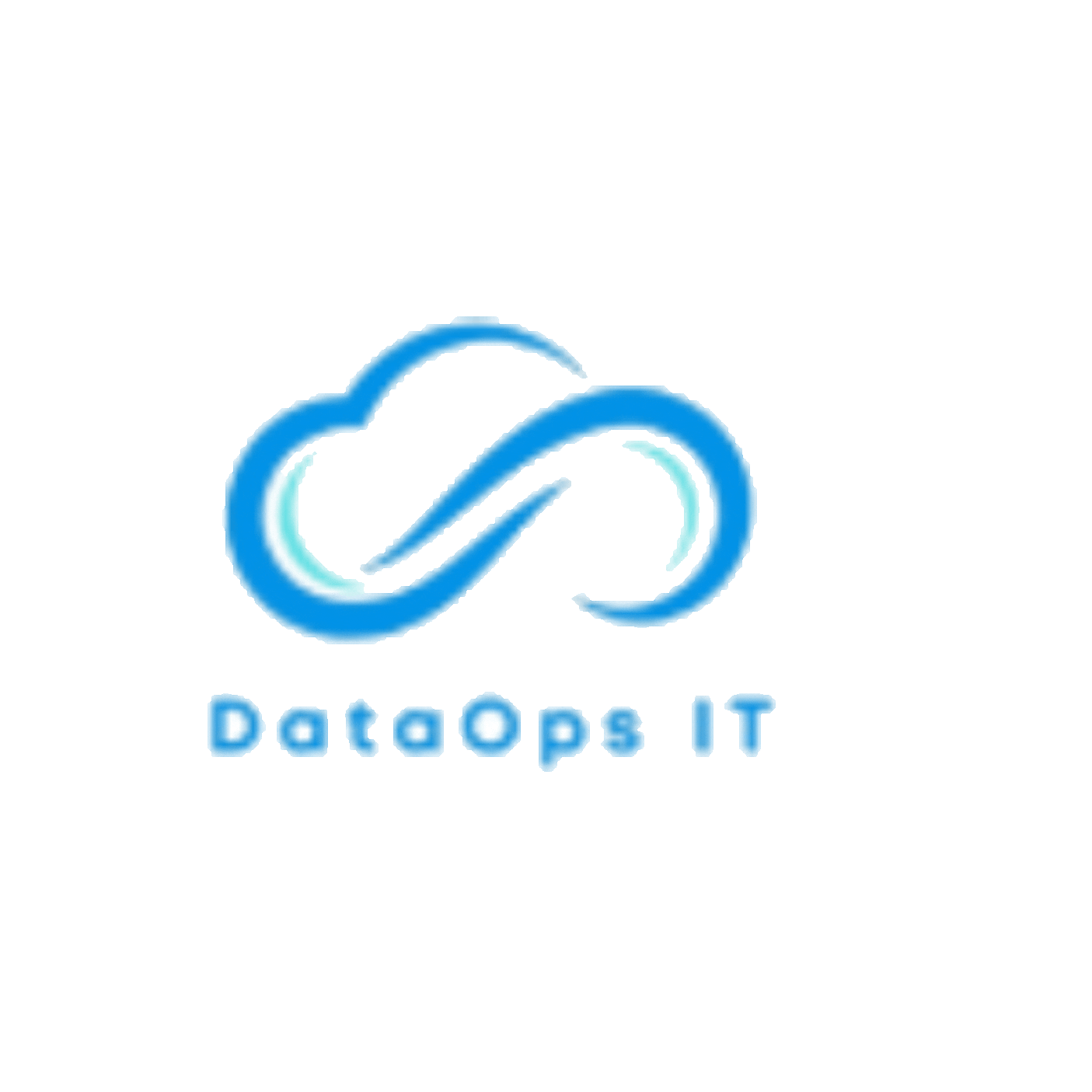Oracle ASM Lab Setup | DataOps IT

Loopback devices are a great way to try out Oracle Automatic Storage Management (ASM) if you're learning Oracle Database but don't have access to actual storage devices. This blog post will show you how to use files to simulate discs and set up Oracle ASM. This is great for training labs, personal testing settings, or proof-of-concept setups.
What Are Loopback Devices?
There is a type of virtual block device called a loopback device. Any file can be used as if it were a real hard drive. With loopback devices, you can pretend to have storage systems like Oracle ASM even if you don't have any actual discs available.
Why Are They Useful?
- Helps simulate real disk environments.
- Perfect for learning and testing Oracle ASM.
- No need for external storage or SAN setups.
Preparation Steps: Creating Loopback Devices
Let's start by setting up.
1. Use mkdir -p /u01/asmdisks to make a folder for virtual discs.
2. Use dd to make flat files
Six 1GB files are made by this program, three for +DATA and three for +FRA:
dd if=/dev/zero of=/u01/asmdisks/DATA01.img bs=1M count=1024
dd if=/dev/zero of=/u01/asmdisks/FRA01.img bs=1M count=1024 # Do it again for DATA02.img, DATA03.img, FRA02.img, and FRA03.img.
3. Put files on loop devices
To connect each file to a loop device, run the following command: /sbin/losetup /dev/loop0 /u01/asmdisks/DATA01.img
Do this again for every single file.
4. Keep the setup even after restarts
These lines should be added to the end of /etc/rc.local so that the drives automatically reconnect after a reboot: /sbin/losetup /dev/loop0 /u01/asmdisks/DATA01.img
5. Put in the right permissions
Make sure that Oracle can get to the loop devices:
Installing and setting up ASMLib: chown oracle:oinstall /dev/loop* chmod 666 /dev/loop*
To help it handle discs, Oracle ASM needs ASMLib. How to set it up:
1. Install These Three Packages
yum install oracleasm-support oracleasm oracleasmlib
2. Configure Oracle ASM Support
/etc/init.d/oracleasm configure
This will:
- Set the default user to oracle
- Group to oinstall
- Automatically load at boot
Labeling the ASM Disks
Now, let’s turn our loopback devices into ASM disks.
1. Create Disk Labels
Example:
oracleasm createdisk ASMD1 /dev/loop0
Repeat for all disks (ASMD2, ASMD3, etc.).
2. Verify Disks
oracleasm listdisks
oracleasm querydisk ASMD1
3. Make Disk Creation Persistent
Add the createdisk commands to /etc/rc.local for persistence.
Setting Up the ASM Instance
Once disks are ready, it’s time to install and configure the ASM instance.
1. Use a Separate Oracle Home for ASM
Install the Oracle software again in a different location for ASM.
2. Set variables in the environment export
Oracle Home is located at /u01/app/oracle/product/19.0.0/asm. AND ORACLE_SID=+ASM
3. Put in database software Only
Pick "Install Database Software Only" from Oracle Universal Installer (OUI).
4. Set up an ASM instance DBCA is used.
The ASM server should be set up by running DBCA (Database Configuration Assistant).
5. Launch the Oracle Clusterware CSS
If Cluster Synchronisation Services (Oracle CSS) isn't running:
Add to $ORACLE_HOME/bin/localconfig
6. Check the ASM processes
ps -ef | grep "asm"
Using ASM Disk Groups for Databases
Once your +ASM instance is ready, you can create disk groups such as +DATA and +FRA.
Common Parameters to Configure:
- db_create_file_dest = +DATA
- db_recovery_file_dest = +FRA
Use ASM for:
- Control files
- Redo logs
- Datafiles
Ideas behind ASM
Knowing how ASM works on the inside will help you handle it better:
Stripes
Spreads info across several discs to speed things up.
Reflecting
Makes multiple copies of the material to keep it from being lost. What you can do is:
Normal overlap means two copies.
Lots of copies (3 copies)
Groups that fail
Combining discs in a way that makes sense to improve fault tolerance.
Rebalancing on its own
When a disc is added or removed, ASM moves the data around automatically to get the best speed.
Conclusion
Using loopback devices to set up Oracle ASM is a great way to learn ASM without having to buy expensive gear. It works great for:
- DBA practice and training
- Test environments
- Proof-of-concept setups
This isn't good for production, but it lets you get a lot of hands-on training that you wouldn't be able to get on your own computer.
Making loopback discs and setting up ASM are great ways to learn Oracle, so go ahead and do them!

